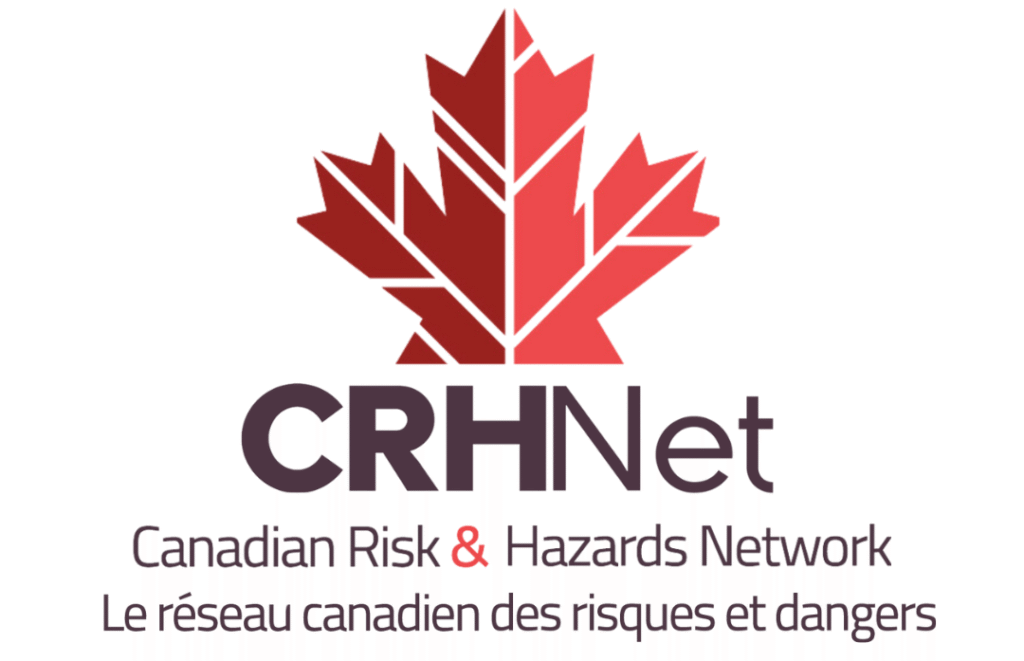Drop! Cover! Hold On!
In British Columbia, October 11 – 18 is “ShakeOut Week BC”! BUT, earthquakes can occur anywhere in Canada, big or small. Individuals with disabilities have an added concern when earthquakes occur, here are a few tips EM/DRR professionals can share when educating individuals with disabilities prepare/mitigate for an earthquake:
Mobility:
- Update your personal support network, both within the vicinity of your area and outside of the city to during and after the earthquake.
- Park your wheelchair in a corner and put on the brakes as you cover your head with both arms from falling debris.
- If you are laying in your recliner or bed, if possible, roll over to your stomache and cover your head with your arms or pillow.
- If you use a four-wheeled walker, put on the brakes, sit down and cover your head with your arms. If you use a two-wheeled walker or cane, find somewhere to sit such as a chair or bed. Keep your mobility devices near-by.
- If you have difficulty remembering – keep a list of what to do during and after the shaking, such as on a smart device or post-it note.
- If you have a speech impairment, be sure all the communication devices you use is included in your emergency plan.
- During the shaking, individuals that utilize a guide or service dog, the handler should be sure their dog is under the desk or table with them.
- Individuals who are deaf or hard-of-hearing will need to be sure to access American Sign Language (ASL) interpreting services for text alerts.
- After the shake has dissipated, individuals with visual impairment should take caution for falling debris. If stepping outside, consider putting booties on your dog’s paws to protect their feet for broken glass.
